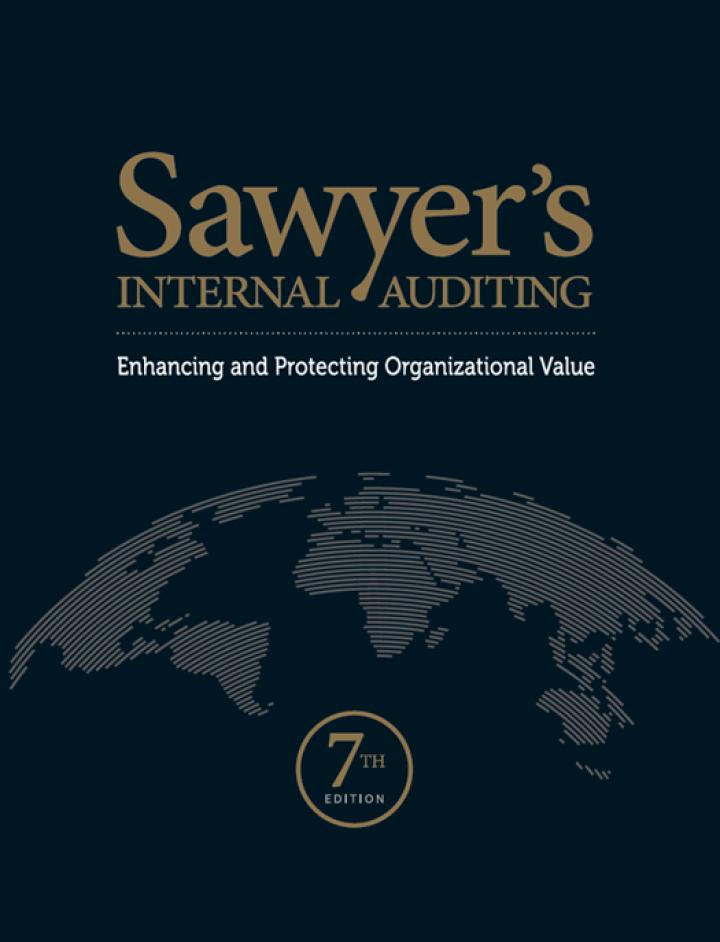Question
Please Include excel formulas Income Statement for the Year Ending December 31 (Millions of Dollars) 2015 Net Sales $800.0 Costs (except depreciation) $576.0 Depreciation $60.0
Please Include excel formulas
Income Statement for the Year Ending December 31 (Millions of Dollars) 2015 Net Sales $800.0 Costs (except depreciation) $576.0 Depreciation $60.0 Total operating costs $636.0 Earning before int. & tax $164.0 Less interest $32.0 Earning before taxes $132.0 Taxes (40%) $52.8 Net income before pref. div. $79.2 Preferred div. $1.4 Net income avail. for com. div. $77.9 Common dividends $31.1 Addition to retained earnings $46.7 Number of shares (in millions) 10 Dividends per share $3.11 Balance Sheets for December 31 (Millions of Dollars) Assets 2015 Liabilities and Equity 2015 Cash $8.0 Accounts Payable $16.0 Short-term investments 20.0 Notes payable 40.0 Accounts receivable 80.0 Accruals 40.0 Inventories 160.0 Total current liabilities $96.0 Total current assets $268.0 Long-term bonds $300.0 Net plant and equipment 600.0 Preferred stock $15.0 Total Assets $868.0 "Common Stock (Par plus PIC)" $257.0 Retained earnings 200.0 Common equity $457.0 Total liabilities and equity $868.0 Projected ratios and selected information for the current and projected years are shown below. Inputs Actual Projected Projected Projected Projected 12/31/15 12/31/16 12/31/17 12/31/18 12/31/19 Sales Growth Rate 15% 10% 6% 6% Costs / Sales 72% 72% 72% 72% 72% Depreciation / Net PPE 10% 10% 10% 10% 10% Cash / Sales 1% 1% 1% 1% 1% Acct. Rec. / Sales 10% 10% 10% 10% 10% Inventories / Sales 20% 20% 20% 20% 20% Net PPE / Sales 75% 75% 75% 75% 75% Acct. Pay. / Sales 2% 2% 2% 2% 2% Accruals / Sales 5% 5% 5% 5% 5% Tax rate 40% 40% 40% 40% 40% Weighted average cost of capital (WACC) 10.5% 10.5% 10.5% 10.5% 10.5% a. Forecast the parts of the income statement and balance sheets necessary to calculate free cash flow. Partial Income Statement for the Year Ending December 31 (Millions of Dollars) Actual Projected Projected Projected Projected Income Statement Items 12/31/15 12/31/16 12/31/17 12/31/18 12/31/19 Net Sales $800.0 Costs (except depreciation) $576.0 Depreciation $60.0 Total operating costs $636.0 Earning before int. & tax $164.0 Partial Balance Sheets for December 31 (Millions of Dollars) Actual Projected Projected Projected Projected Operating Assets 12/31/15 12/31/16 12/31/17 12/31/18 12/31/19 Cash $8.0 Accounts receivable $80.0 Inventories $160.0 Net plant and equipment $600.0 Operating Liabilities Accounts Payable $16.0 Accruals $40.0 b. Calculate free cash flow for each projected year. Also calculate the growth rates of free cash flow each year to ensure that there is constant growth (i.e., the same as the constant growth rate in sales) by the end of the forecast period. Actual Projected Projected Projected Projected Calculation of FCF 12/31/15 12/31/16 12/31/17 12/31/18 12/31/19 Operating current assets Operating current liabilities Net operating working capital Net PPE Total net operating capital NOPAT Investment in total net operating capital na Free cash flow na Growth in FCF na na Growth in sales c. Calculate the return on invested capital (ROIC=NOPAT/Total net operating capital) and the growth rate in free cash flow. What is the ROIC in the last year of the forecast? What is the long-term constant growth rate in free cash flow (gL is the growth rate in FCF in the last forecast period because all ratios are constant)? Do you think that Hensley's value would increase if it could add growth without reducing its ROIC? (Hint: Growth will add value if the ROIC > WACC/[1+WACC]). Do you think that the company will have a value of operations greater than its total net operating capital? (Hint: Is ROIC > WACC/[1+gL]?) Actual Projected Projected Projected Projected 12/31/15 12/31/16 12/31/17 12/31/18 12/31/19 "Return on invested capital (ROIC=NOPAT/Total net operating capital)" na Weighted average cost of capital (WACC) na WACC/(1+gL) na na na WACC/(1+WACC) na na na d. Calculate the current value of operations. (Hint: First calculate the horizon value at the end of the forecast period, which is equal to the value of operations at the end of the forecast period. Assume that the annual growth rate beyond the horizon is equal to the growth rate at the horizon.) How does the current value of operations compare with the current amount of total net operating capital? Weighted average cost of capital (WACC) 10.5% Actual Projected Projected Projected Projected 12/31/15 12/31/16 12/31/17 12/31/18 12/31/19 Free cash flow $0.0 Long-term constant growth in FCF Horizon value Present value of horizon value Present value of forecasted FCF Value of operations (PV of HV + PV of FCF) Total net operating capital e. Calculate the price per share of common equity as of 12/31/2015 Millions except price per share Actual 12/31/15 Value of operations + Value of short-term investments Total value of company Total value of all debt Value of preferred stock Value of common equity Divided by number of shares Price per share.
Step by Step Solution
There are 3 Steps involved in it
Step: 1

Get Instant Access to Expert-Tailored Solutions
See step-by-step solutions with expert insights and AI powered tools for academic success
Step: 2

Step: 3

Ace Your Homework with AI
Get the answers you need in no time with our AI-driven, step-by-step assistance
Get Started


